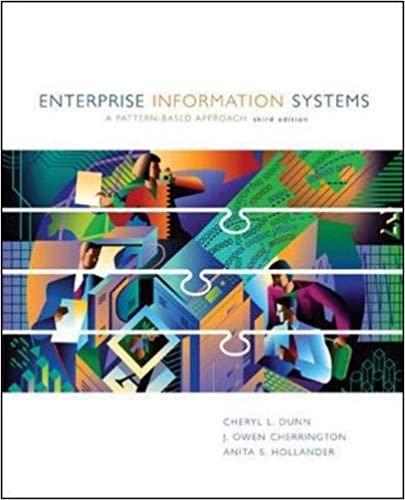

Armstrong Company Blair Company Balance Sheet Cash Accounts Receivable, Net Inventory Equipment, Net Other Assets Total Assets $ 35,000 40,000 100,000 180,000 45,000 $400,000 $ 22,000 30.000 40,000 300,000 408,000 $800,000 $100,000 60,000 160,000 150,000 30,000 60,000 $400,000 $ 50,000 370,000 420,000 200,000 110,000 70,000 $800,000 Current Liabilities Note Payable (long-term) Total Liabilities Common Stock (par $10) Additional Paid-In Capital Retained Earnings Total Liabilities and Stockholders' Equity Income Statement Sales Revenue Cost of Goods Sold Other Expenses Net Income Other Data Estimated value of each share at end of year Selected Data from Previous Year Accounts Receivable, Net Inventory Equipment, Net Note Payable (long-term) Total Stockholders' Equity $450,000 245,000 160,000 $ 45,000 $810,000 405,000 315,000 $ 90,000 $ 18 $ 27 $ 20,000 92,000 180,000 60,000 231,000 $ 38,000 45.000 300,000 70,000 440,000 The companies are in the same line of business and are direct competitors in a large metropolitan area. Both have been in business approximately 10 years and each has had steady growth. Despite these similarities, the management of each has a different viewpoint in many respects. Blair is more conservative, and as its president said, We avoid what we consider to be undue risk. Both companies use straight-line depreciation, but Blair estimates slightly shorter useful lives than Armstrong. No shares were issued in the current year and neither company is publicly held. Blair Company has an annual audit by a CPA, but Armstrong Company does not. Assume the end-of-year total assets and net equipment balances approximate the year's average and all sales are on account. Required: 1. Calculate the ratios in Exhibit 13.5 Q for which sufficient information is available. Round all calculations to two decimal places. TIP: To calculate EPS, use the balance in Common Stock to determine the number of shares outstanding. Common Stock equals the par value per share times the number of shares. 2. A venture capitalist is considering buying shares in one of the two companies. Based on the data given, prepare a un parca Page 642 comparative written evaluation of the ratio analyses (and any other available information) and conclude with your recommended choice. Comment on how accounting differences affect your evaluations, if at all. TIP








